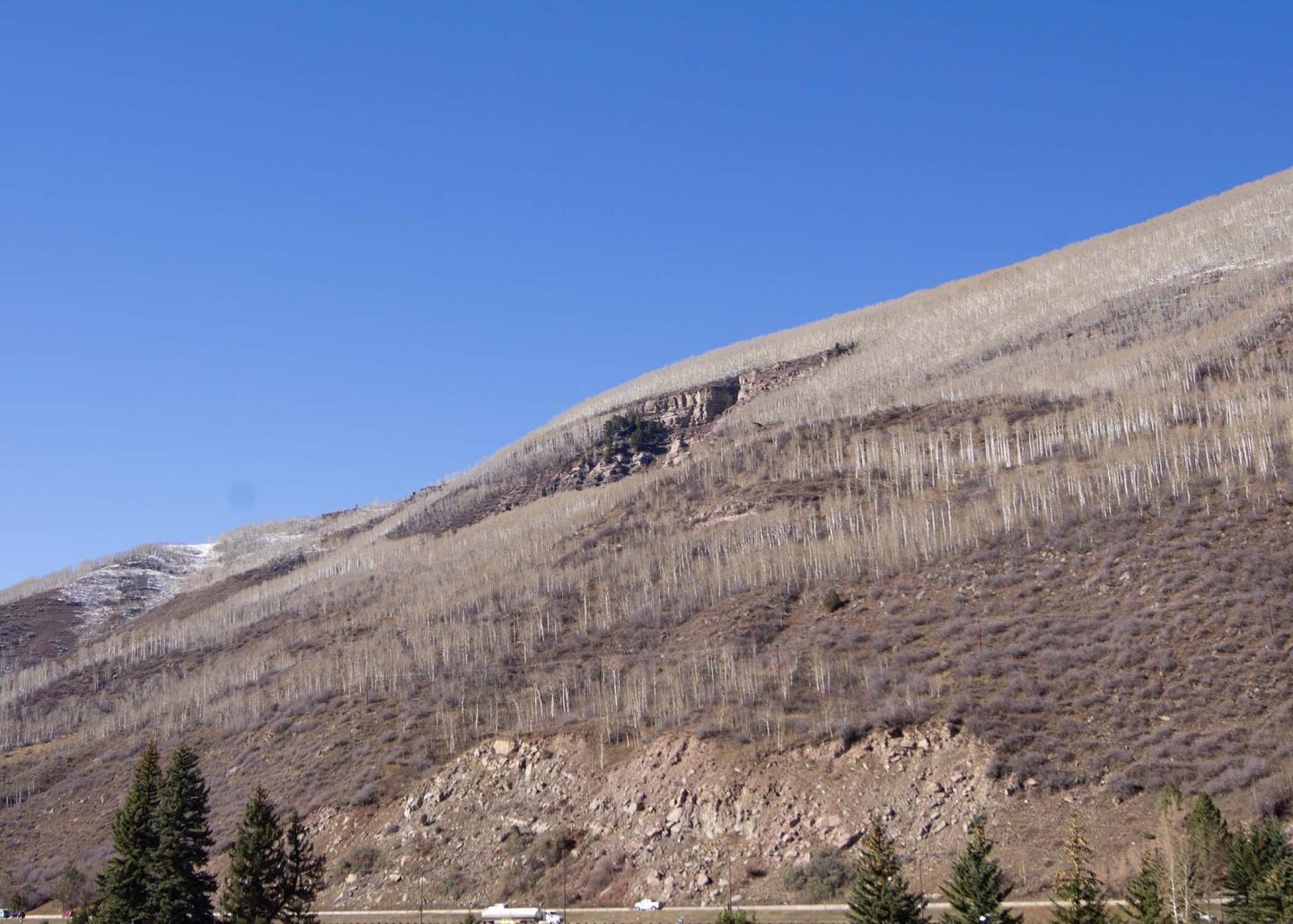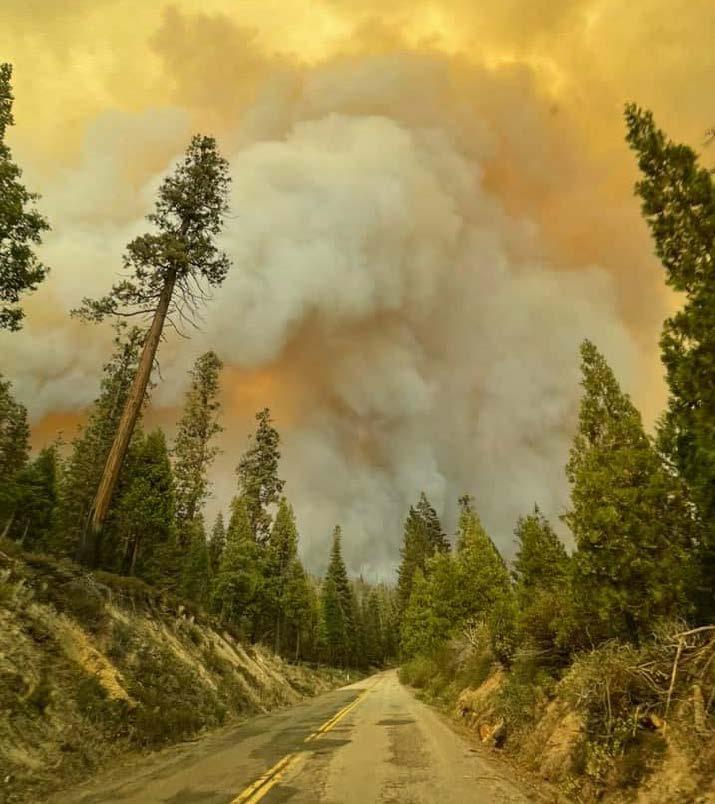Fuels Treatment at Ruby Ranch and the White River National Forest
SE Group was contracted by Willow Brook Metropolitan District (WBMD) in 2021 assist WBMD and the White River National Forest (WRNF) Dillon Ranger District with National Environmental Policy Act (NEPA) compliance for 33 acres of fuels treatments on National Forest System lands. The area proposed for treatment is located near Silverthorne, Colorado, adjacent to WBMD’s Ruby Ranch Subdivision, and entirely within the Eagles Nest Wilderness.
Project Stats
-
33acres of fuels treatments
-
1.5mile property boundary
Aided by a century of fire suppression and human caused climate change, the mountain pine beetle (MPB) epidemic has resulted in high mortality of lodgepole pine on NFS lands in the wilderness area adjacent to Ruby Ranch; the forest in this area now primarily consists of dead and downed lodgepole pine timber stands. The subdivision-wilderness property boundary extends for 1.5 miles. This is one of the only places where a developed subdivision shares a boundary with a wilderness area on the Dillon Ranger District. The WRNF has already completed fuels reduction projects on adjacent NFS land outside of Wilderness to the north and south of the Ruby Ranch neighborhood.
In March 2020 a Minimum Requirements Decision Guide (MRDG) was completed by Forest Service staff to help make the determination that an administrative action is necessary in wilderness and to design a project that preserves wilderness character and represents the “minimum necessary” action. SE Group’s subconsultants completed cultural, wildlife, botany, and wetlands and waters of the U.S. field survey and reporting of the area in the summer of 2021.
The WRNF determined that a Categorical Exclusion was appropriate to analyze the anticipated effects of the proposal. Through analysis, the WRNF found that no extraordinary circumstances exist for the resource conditions outlined in 36 CFR § 220.6(b), including wilderness. SE Group prepared the Decision Memo approving the project.
Challenges to the project included the innovative use of a Categorical Exclusion for action in designated wilderness. Extensive coordination with wilderness interest groups was necessary, along with the Forest Service’s completion of the MRDG, to document that no extraordinary circumstances related to wilderness were present and the project did not require analysis in an Environmental Assessment or Environmental Impact Statement. There has been interest in other regions of the Forest Service to see whether this analysis approach was successful and can be applied elsewhere in the country to reduce ‘green tape’ and allow projects intended to protect life and property to be analyzed at a quicker pace.


